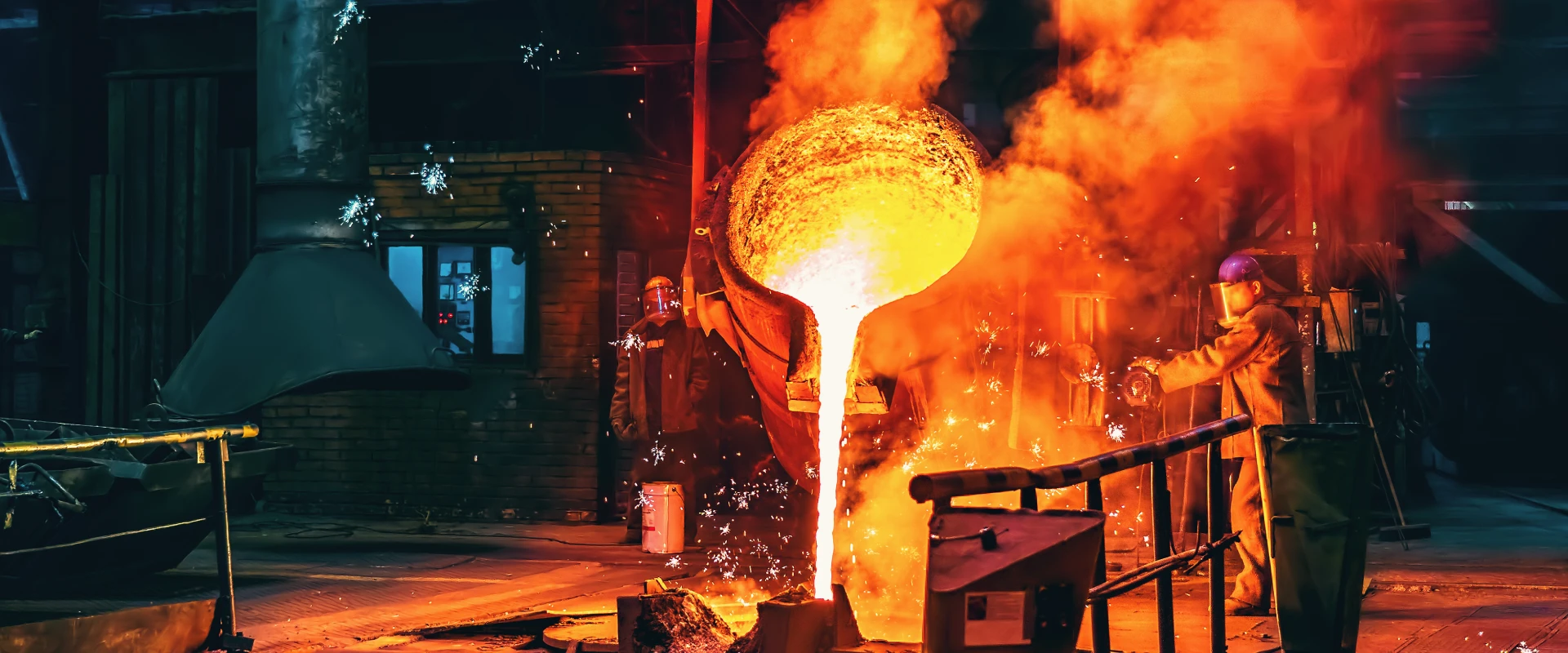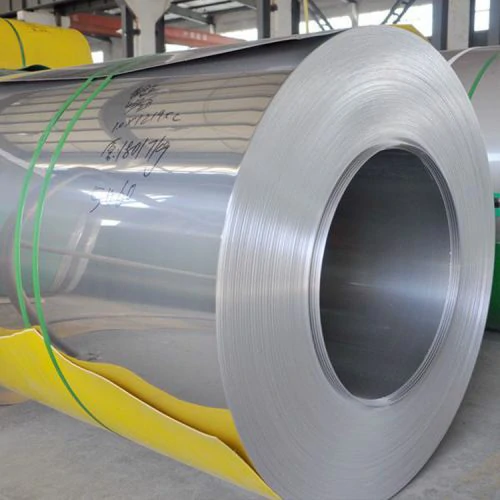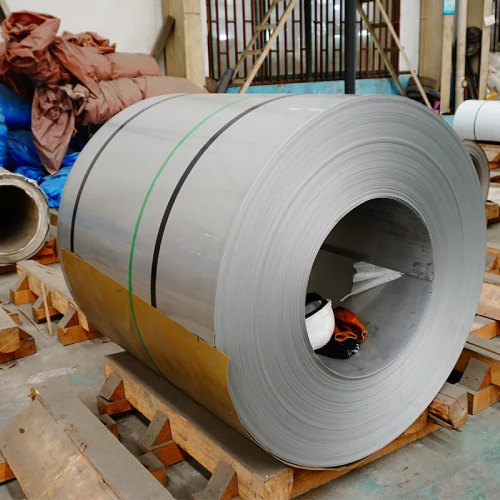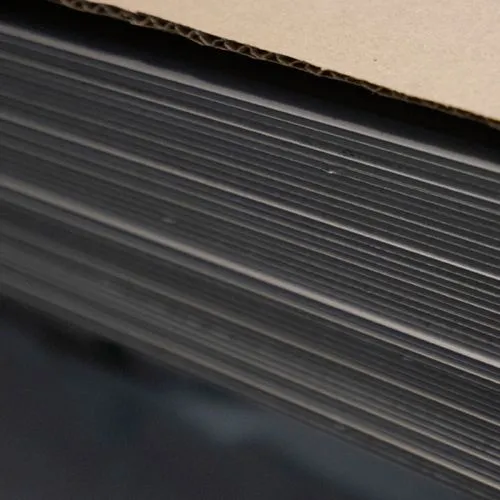UNS S66286 (A-286) redefines high-stress performance with its iron-nickel-chromium matrix, engineered to sustain 700°C operational temperatures while delivering 1.400 MPa tensile strength—a 40% advantage over conventional Inconel 718. Its γ' phase precipitation hardening mechanism ensures unmatched creep resistance for jet engine components, gas turbine disks, and reusable rocket thrust chambers exposed to rapid thermal cycling.
Certifications & Cross-Industry Validation
| Domain | Standard | Critical Endorsement |
|---|
| Aerospace | AMS 5525/5896 | FAA EASA.21J Compliance (Combustor Liners) |
| Nuclear | ASME BPVC Section III | NRC-GDC 4 (Reactor Coolant Pumps) |
| Automotive | SAE J467 Rev.2024 | Formula 1 Turbocharger Endurance Certification |
| Oil & Gas | API 6ACRA | 15Kpsi Wellhead Equipment Standard |
| Global | ISO 4955:2025 | Category 4 (Oxidation Resistance) |
Metallurgical Breakthroughs
Elemental Synergy
Nickel (24–27%): Stabilizes FCC structure for cryogenic-to-red heat adaptability.
Titanium (1.9–2.4%): Forms Ni₃Ti precipitates during aging (540–760°C range).
Molybdenum (1.0–1.5%): Mitigates sulfur embrittlement in combustion environments.
Boron (0.003–0.010%): Enhances grain boundary cohesion under creep stress.
Thermomechanical Mastery
Solution Treatment: 980°C oil quenching for supersaturated solid solution.
Aging Precision: Dual-stage 720°C/8h + 620°C/8h aging optimizes γ' phase distribution.
Performance Dominance Matrix
| Parameter | A-286 Achievement | Benchmark Superiority |
|---|
| Creep Rupture (650°C) | 220 MPa @ 1.000h | 2.3x 316H Stainless Steel |
| Thermal Fatigue | 12.000 cycles (ΔT=600°C) | 60% improvement over Waspaloy |
| Fracture Toughness | 110 MPa√m (Room Temp) | 30% higher than Inconel X-750 |
| Oxidation Resistance | 0.8 mg/cm² loss @ 800°C/1kh | Comparable to Haynes 230 |
| Corrosion | 0.02 mm/yr in sour gas | NACE MR0103 Level III Compliant |
5 Transformative Value Drivers
Hypersonic Endurance
Withstands Mach 5+ skin temperatures (1.200°C localized) in reusable launch vehicles.
Weight-to-Strength Revolution
Enables 25% lighter turbine rotors vs. nickel alloys (FEA-validated).
Cryogenic Compatibility
Maintains 80 J impact toughness at -253°C (liquid hydrogen storage).
Corrosion-Abrasion Duopoly
50% lower erosion rate than 17-4PH in sand-laden geothermal steam.
Sustainable Manufacturing
75% recycled content with SLM (Selective Laser Melting) compatibility.
Cross-Sector Pioneering Applications
| Industry | Mission-Critical Deployments |
|---|
| Aerospace | Turbine rear frames, afterburner seals |
| Energy | Advanced nuclear reactor control rod drives |
| Automotive | Hydrogen fuel cell bipolar plates |
| Defense | Hypersonic missile guidance shrouds |
| Space Exploration | Lunar lander engine mounts, ISRU reactors |
Technical Knowledge Nexus
Q1: Welding protocol for turbine components?
A: Use ERNiFeCr-2 filler with 95%Ar-5%He shielding; post-weld age at 720°C/8h to restore properties.
Q2: Machining best practices?
A: Carbide tools with 70 m/min speed + high-pressure coolant (ISO S30T carbide grade recommended).
Q3: How does A-286 compare to Inconel 718?
A: 15% higher yield strength at 650°C but lower corrosion resistance in HCl environments.
Q4: Surface treatment for oxidation?
A: Aluminide diffusion coating boosts oxidation limit to 900°C (AMS 4762 compliant).
Q5: Lead time for forgings?
A: 8–12 weeks for closed-die aerospace forgings; ISO 9001/AS9100 certified supply chain.
Strategic Procurement Advantages
Aerospace DNA
NADCAP-accredited heat treatment and NDT (UT/FPI).
Dimensional Agility
Thickness: 0.5–150mm | Width: 300–2.500mm (±0.1% tolerance).
Global Readiness
Just-in-time stock in Toulouse, Seattle, and Chengdu hubs.
Additive Manufacturing
Gas-atomized powder (15–53μm) for laser powder bed fusion.
Keywords: UNS S66286. Alloy A-286. Precipitation-Hardening Superalloy, Jet Engine Alloy, Hypersonic Material
Common Surfaces
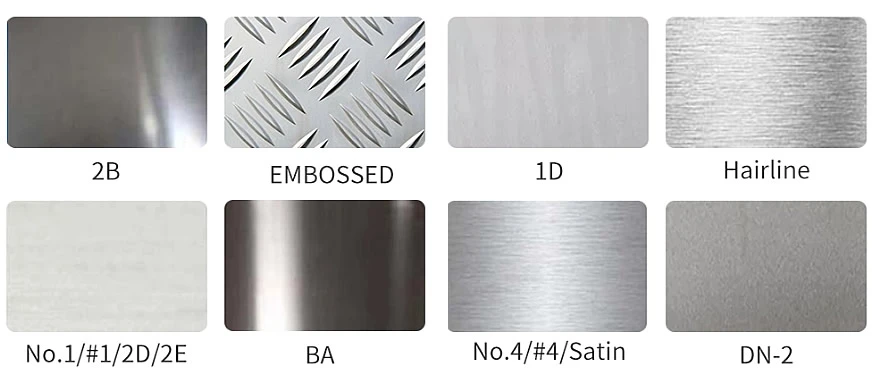
Stainless Steel Standards Comparison Table
| STS |
USA |
UNS |
CHINA |
EURONORM |
RUSSIA |
SWEDISH |
JAPANESE |
| GRADE |
AISI/ASTM |
NO |
GB |
NO |
NAME |
GOST |
SS |
JIS |
| 201 |
201 |
S20100 |
12Cr17Mn6Ni5N |
1.4372 |
- |
- |
- |
SUS 201 |
| 301 |
301 |
S30100 |
12Cr17Ni7 |
1.4310 |
X 12 CrNi 17 7 |
- |
2331 |
SUS 301 |
| 303 |
303 |
S30300 |
1Cr18Ni9MoZr |
1.4305 |
X 10 CrNiS 18 9 |
- |
2346 |
SUS 303 |
| 304 |
304 |
S30400 |
06Cr18Ni9 |
1.4301 |
X 6 CrNi 18 10 |
08KH18N10
06KH18N11 |
2332 |
SUS 304 |
| 304L |
304L |
S30403 |
022Cr19Ni10 |
1.4307 |
X 3 CrNi 18 10 |
03KH18N11 |
2352 |
SUS 304L |
| 316 |
316 |
S31600 |
0Cr17Ni12Mo2 |
1.4401 |
X 6 CrNiMo 17 12 2 |
- |
2347 |
SUS 316 |
| 316L |
316L |
S31603 |
022Cr17Ni12Mo2 |
1.4404 |
X 3 CrNiMo 17 12 2 |
- |
2348 |
SUS 316L |
| 316Ti |
316Ti |
S31635 |
0Cr18Ni12Mo2Ti |
1.4571 |
X 6 CrNiMoTi 17 12 2 |
08KH17N13M2T
10KH17N13M2T |
2350 |
- |
| 321 |
321 |
S32100 |
0Cr18Ni11Ti |
1.4541/1.4878 |
X 6 CrNiTi 18 10 |
12KH18N10T |
2337 |
SUS 321 |
| 347 |
347 |
S34709 |
0Cr18Ni11Nb |
1.4550 |
X 6 CrNiNb 18 10 |
- |
2338 |
SUS 347 |
| 309S |
309S |
S30908 |
0Cr23N13 |
1.4833 |
X 6 CrNi 22 13 |
20KH23N18 |
- |
SUS 309S |
| 310S |
310S |
S31008 |
06Cr25Ni20 |
1.4842 |
X 6 CrNi 25 20 |
20KH25N20S2 |
2361 |
SUS 310S |
| 416 |
416 |
S41600 |
Y1Cr13 |
1.4005 |
X12CrS13 |
- |
2380 |
SUS 416 |
| 2205 |
2205 |
S32205/S31803 |
00Cr22Ni5Mo3N |
1.4462 |
X2CrNiMoN22-5-3 |
02Ch22N5AM2 |
2377 |
SUS 329J3L |
| 2507 |
2507 |
S32750 |
00Cr25Ni7Mo4N |
1.4410 |
X 2 CrNiMoN 25-7-4 |
- |
- |
- |
| 904L |
904L |
N08904 |
- |
1.4539 |
- |
- |
- |
- |
| 254SMO |
254SMO |
S31254 |
- |
1.4547 |
X1CrNiMoCuN20-18-7 |
- |
2378 |
- |
| 253MA |
253MA |
S30815 |
- |
1.4835 |
X9CrNiSiNCe21-11-2 |
- |
2368 |
- |
| 17-4PH/630 |
17-4PH/630 |
S17400 |
0Cr17Ni4Cu4Nb |
1.4542 |
X5CrNiCuNb16-4 |
05Ch16N4D2B |
- |
SUS630 |

